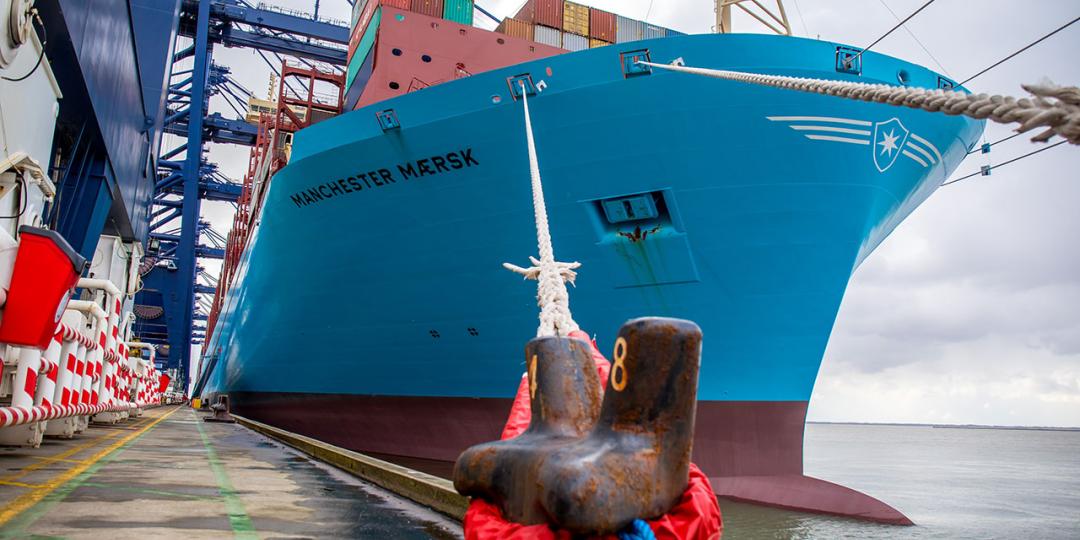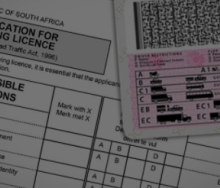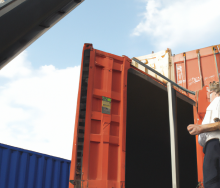Requesting ocean freight rate bids can sometimes be a guessing game, according to Katherine Barrios of Xeneta, who offers some tips to ponder ahead of the negotiations.
Questions to Ask Yourself
- How do I justify a potential increase in ocean transportation costs?
- How do my rates compare against the market ocean freight rates and my peers?
- Am I doing a good job negotiating with my supplier or where can I improve?
- How can I show my superiors I have done or can do an even better job securing competitive contract rates?
- Is this supplier the right one for me?
- Should I consider changing supplier for all or some shipping routes?
- What's the best length of contract for certain routes?
- Where and from which supplier can I get a competitive rate based on how the market has moved and will move?
Things to Keep in Mind
- Assure yourself that your negotiated rates with your supplier are comparable to the current market movements and are competitive.
- Benchmarking is the only way you can be at ease that you have gotten the best possible rate for your ocean freight and optimised your supply chain strategy.
- You want to come to the negotiation table with current market data that you can access immediately. Static and dated rate reports are not useful enough. You need the latest information.
- Keeping an eye on the ocean container market doesn't end at the negotiation period. You need to stay on top of the market all year along as it changes so quickly and you may want to go back and renegotiate, if your terms allow.
Xeneta is an ocean freight rate benchmarking and market intelligence platform. Its reporting and analytics platform provides shippers and freight forwarders with the software data they need to compare their shipping prices against the world's largest database of contracted rates.
To learn more, visit www.xeneta.com.










